Going beyond Usability with Developer Portals
Breadcrumb
- Home
- PronovixBlog
- Going beyond Usability with Developer Portals
Efficiency, effectiveness and satisfaction define usability. A developer portal with frictionless user journeys and consistent API documentation will attract people who will generate traffic and revenue. However, in order to provide a better user experience you need to go beyond usability.
The focus for this article is on individual users or a team of users who start driving adoption of your APIs through your developer portal. The more users become engaged the larger your group of users—your community—can become. Community engagement and developer relations can be a next step to focus on in your long term roadmap.
Efficiency, effectiveness and satisfaction define usability. A developer portal with frictionless user journeys and consistent API documentation will attract people who will generate traffic and revenue. However, to provide a better user experience you need to go beyond usability.
Enhanced engagement can help to:
We previously wrote about engagement by following the six stages of the downstream developer journey. How can you inspire your users to return to your devportal? How to spur them to advocate for your portal?
In this post, we tackle engagement from a researcher’s point of view, and give practical examples of how to implement research findings on your developer portal. We outline how you can engage your users by incorporating engagement attributes right from the initial developer portal building phase.

How can you integrate all your users’ needs into your portal? What are the jobs that a developer portal needs to fulfill? And how can those tasks enhance user engagement?
In their study on “The Development and Evaluation of a Survey to Measure User Engagement”, Heather L. O’Brien and Elaine G. Toms (2010) define engagement as something that goes beyond usability.
The study describes ten “engagement attributes” (as used in the initial stages of their research): aesthetics, affect, focused attention, challenge, control, feedback, interest, motivation, novelty, and perceived time. We have added an additional value pertaining to developer portals, the engagement attribute of support.
How can we interpret these engagement attributes when applied to developer portals?
Is the developer portal visually pleasing?
Well-done UI design increases clarity and trust. When executed consistently, it enhances the overall experience of the developer portal. 5 items to keep in mind regarding great devportal UI design:
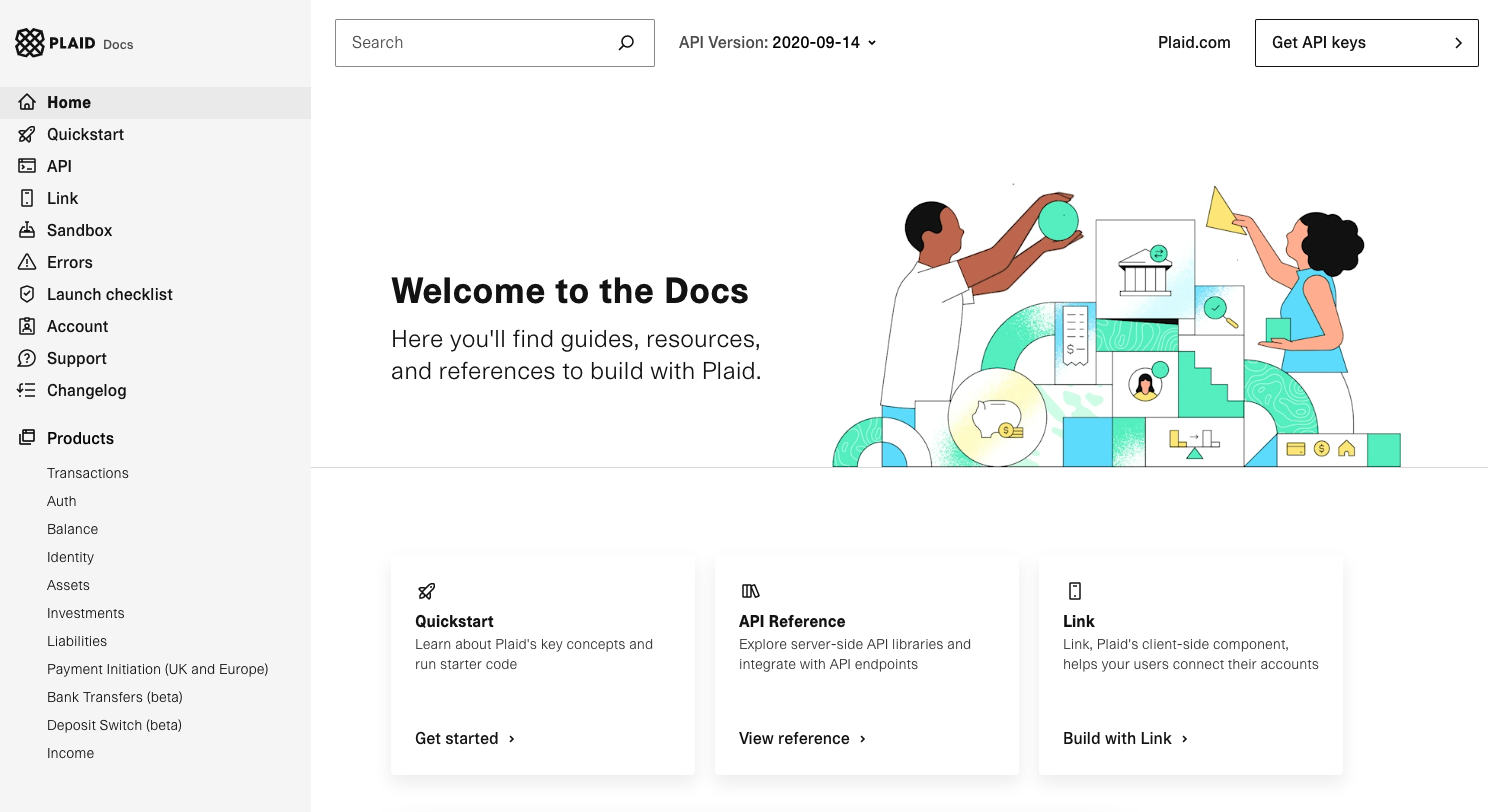
You can find more practical information on this topic in our DevPortal Design Guide series.
Do users feel emotionally involved?
To attach your developer community to your products and developer portal, it is important to engage and involve its members. You can motivate and attract by the following best practices:
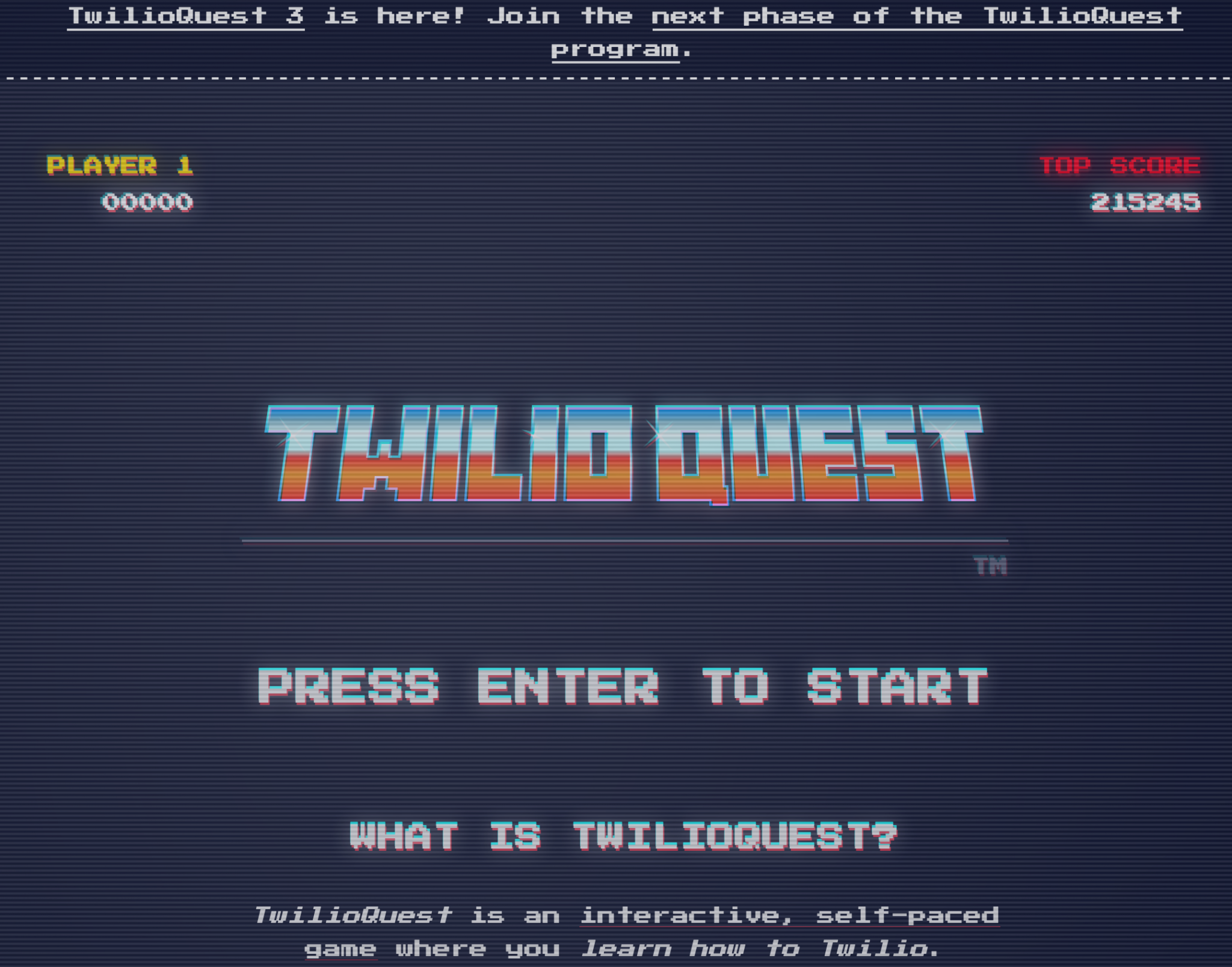
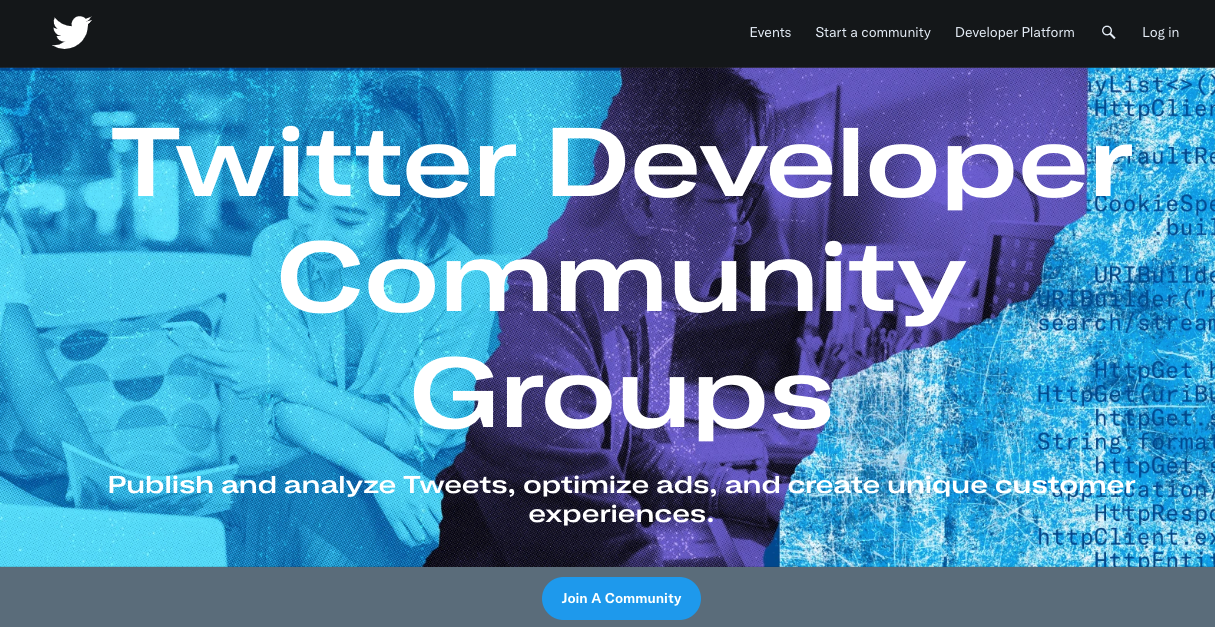
How focused are users along their journey?
We believe that focused attention (concentrating on one thing only) can be supported by an information architecture structure that incorporates the user’s requirements, and provides logical action steps, taking the user from A to Z.
A typical user journey of a developer that uses an API:
How difficult is it to perform tasks at hand?
Reduce API friction and obstacles along the different user journeys:
Do users feel they are “in charge” over their experience?
Control is connected to trust. You will need to gain your users’ trust, if you expect personal data in return. Communicating correct and reliable information upfront is key when you want to build a “partnership” with your users.
Some examples:
When people can try out (parts of) your product beforehand, they will be more willing to give something in exchange for getting a concrete result. When all the information you provide must be behind a log-in wall, you could introduce a “staged registration process” and only ask for the amount of personal data that is in line with what they will receive.
Give users control by making sure they can update their profiles easily; provide quick access to and easy evaluation of legal data and security requirements.
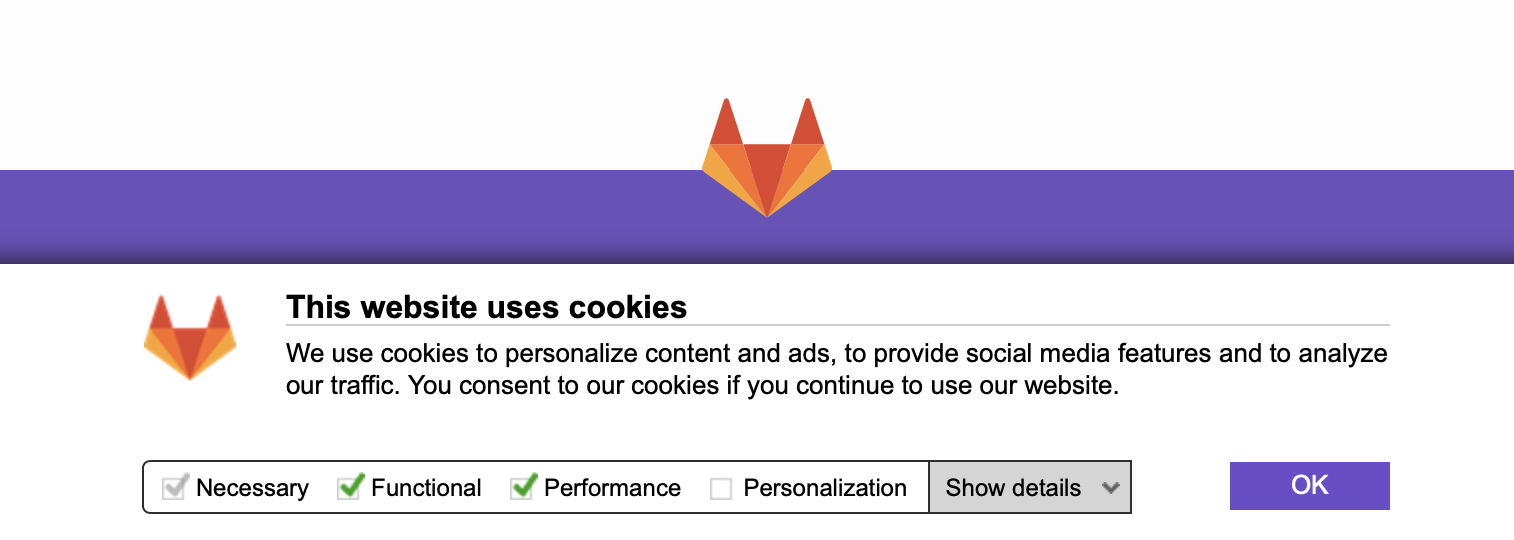
User journeys can become complex (e.g. for billing processes): follow the mindset of your main audience.
Give people as much information as possible and as quickly as possible to be able to work with your offerings and maintain integrations. This way you can support their interaction with your devportal with status pages, API uptime/downtime details, versioning information and release notes, and by offering the option to receive updates and notifications.
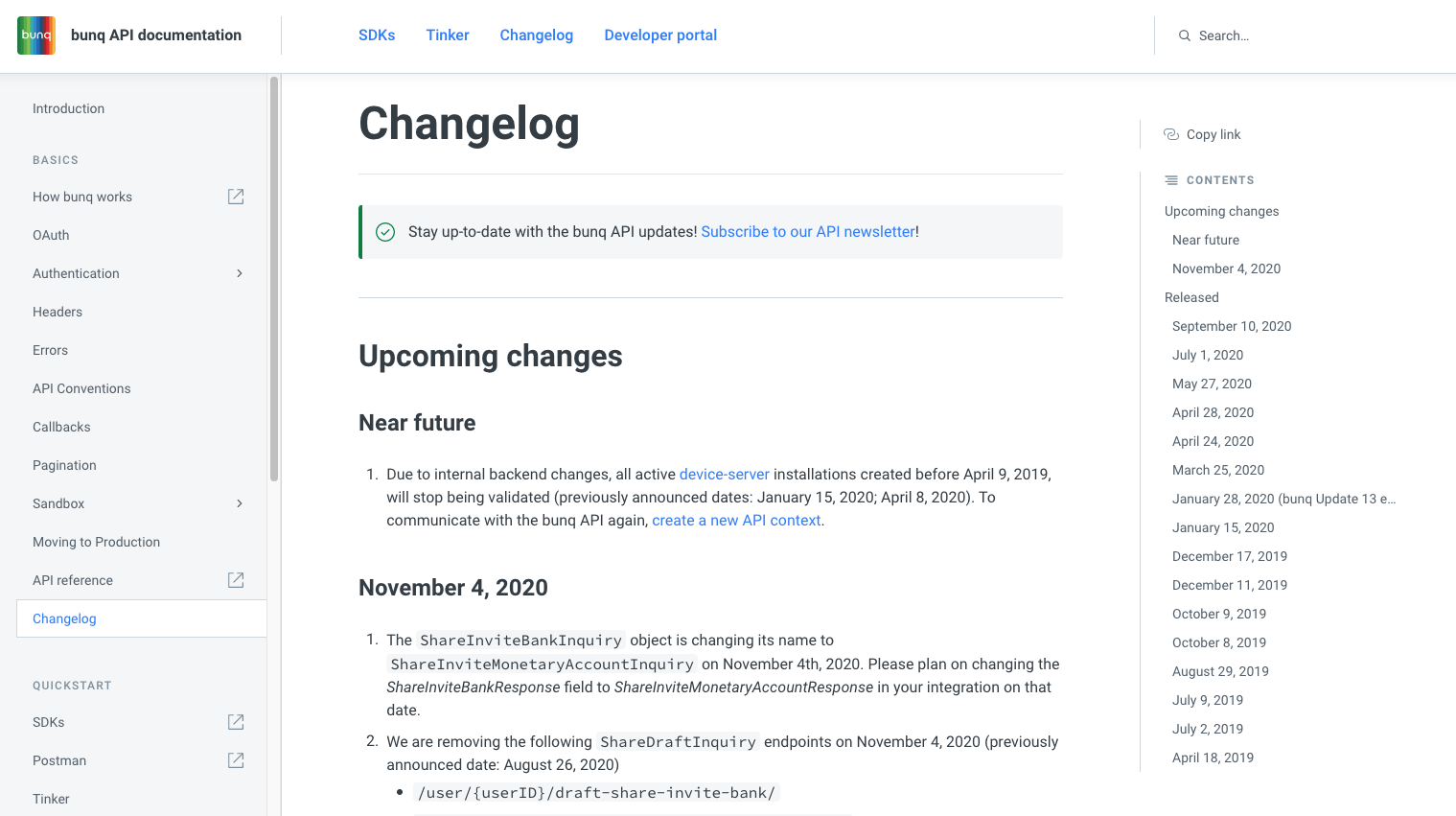
How do you gather feedback from users?
The response time and the quality of your answers to problems influence how people will experience your developer portal.
Examples for collecting feedback include:
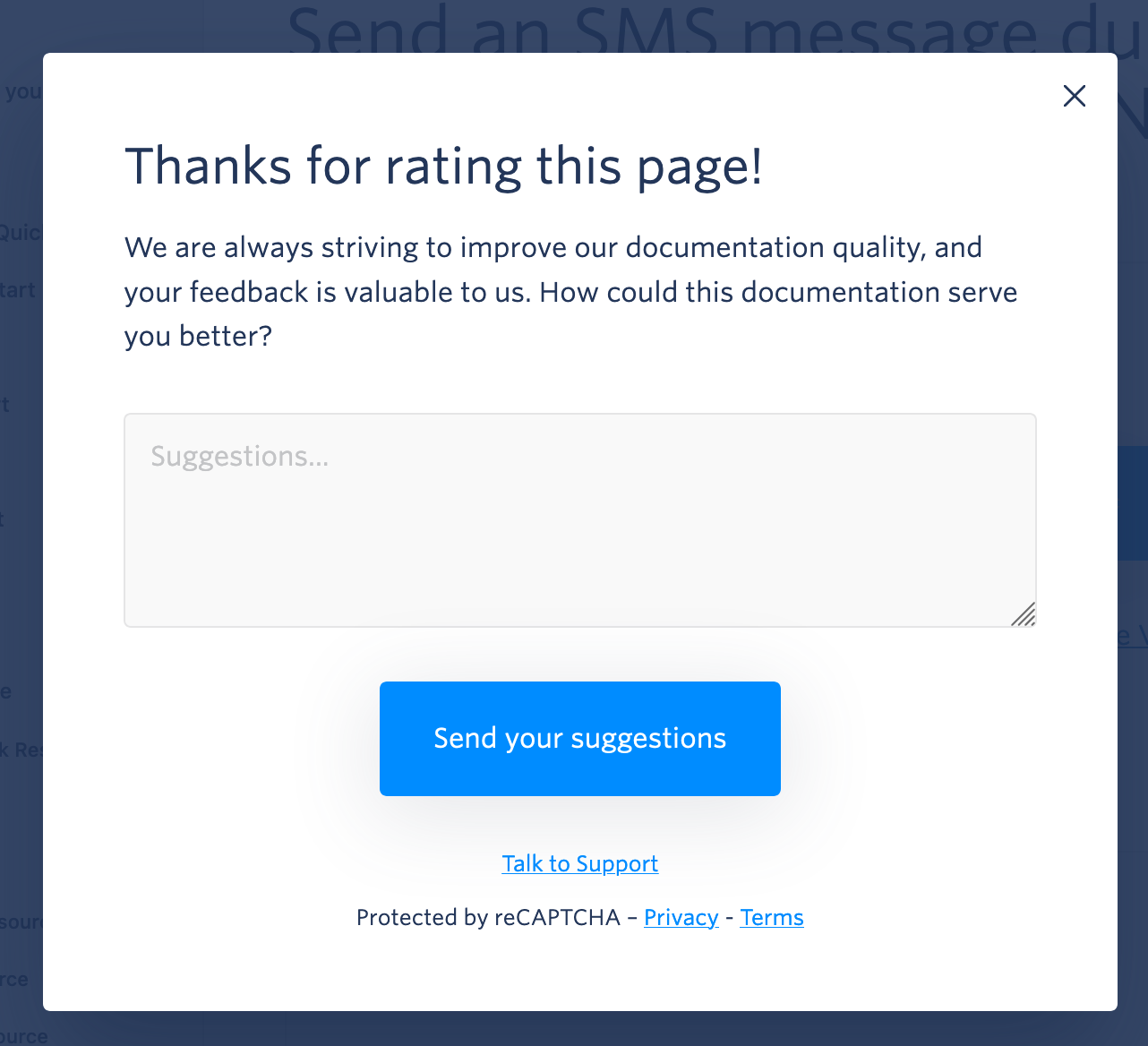
Can main audiences find what they are interested in?
Conducting user research before setting up your devportal’s information architecture will warrant you to address the needs and interests of your main audiences. Think of providing user-focused homepage content, dedicated landing pages, information that serves both deeply technical and less technical users (e.g. via use cases or API summary pages).
Are users motivated to proceed with activities on the devportal?
Inspire people so that they get motivated to work with your product. Our behaviour is driven by many factors.
The user’s context and background matters too, for example hobbyist or professional user, and what the urgency is of the task at hand.
A devportal can provide triggers to increase motivation from the very start, e.g. tools to make it easy to evaluate and test what is available before getting to a real-life environment.
How “new” and “innovating” are the devportal features?
Unexpected novel features (exciters, delighters or attractive features as explained in the Kano Model) give us an experience of something we have not experienced before. However, these novelties will always become an expected feature over a time. For example, the once novel “API documentation is not only about API references” quickly became common practice within the world of developer portals.
Together with “Motivation”, “Novelty” is the category where elements such as product features play a major role in how likely we will recommend the devportal.
You can take care of DX throughout the whole developer journey, be it through simple solutions, creative innovations, well-executed existing technologies or interesting ways teach your various audiences how to use your products can already boost the experience of your users with the portal.
Always keep the “inclusivity factor” in mind and go beyond the basic expectations towards accessibility and localization.
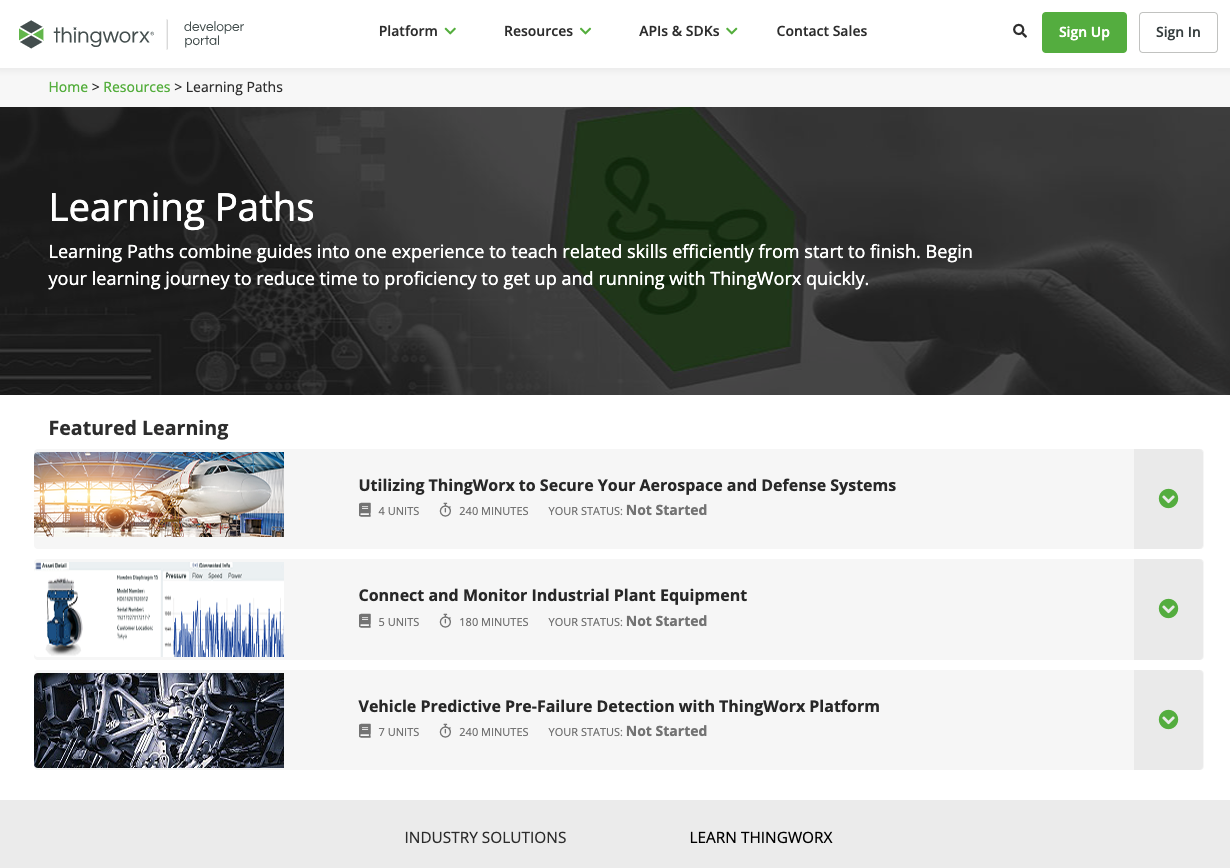
Can users correctly perceive the time that they need to get something done?
If you want to help people find answers to their problems, think how you can avoid frustrating them. They need to be able to get a task done, and to find the right information they need at the moment they need it. The theory is obvious but to put this in practice you need to think, analyze and iterate a lot.
How fast and accurate is the information sent back to users? How can users support one another and be motivated to interact with peers?
The response time and the quality of your answers to problems influence how people will experience your developer portal.
Community pages, forums, etc can help users find answers to already raised questions, but also motivate its members to share solutions, interact with peers, and support others.
Note: the “support” attribute is not part of the original 10, but we think that providing well-working support options can enhance user engagement.
We provided a few ideas on how you can go beyond usability by building in engagement attributes for your devportal strategy. Are you curious about how your users perceive your efforts? We are working on a questionnaire that will measure developer portal usability, engagement and trust that can be used to poll your developer community. Alternatively, you can ask us to conduct the questionnaire to get results from a large group of target developers. Interested? Contact us!
Many thanks to Szilvia Szalóki for her research on the topic, and to Laura Vass and Diliny Corlosquet for providing editorial feedback for the article!
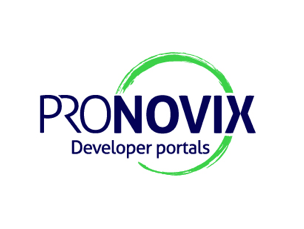
Are you building a developer portal? Interested in a shortcut? As a devportal company, Pronovix has created developer portals for 70+ customers since 2016. Talk with us to learn how our Zero Gravity developer portal can accelerate and simplify your launch.

Kathleen is an information architect helping clients find out how to align business goals and user needs with the knowledge we gathered about devportals. She grew her expertise through early research on developer portals to determine components, strategy, and best practices for user experience. She holds master's degrees in history and in archival science & records management.
Articles on devportals, DX and API docs, event recaps, webinars, and more. Sign up to be up to date with the latest trends and best practices.

